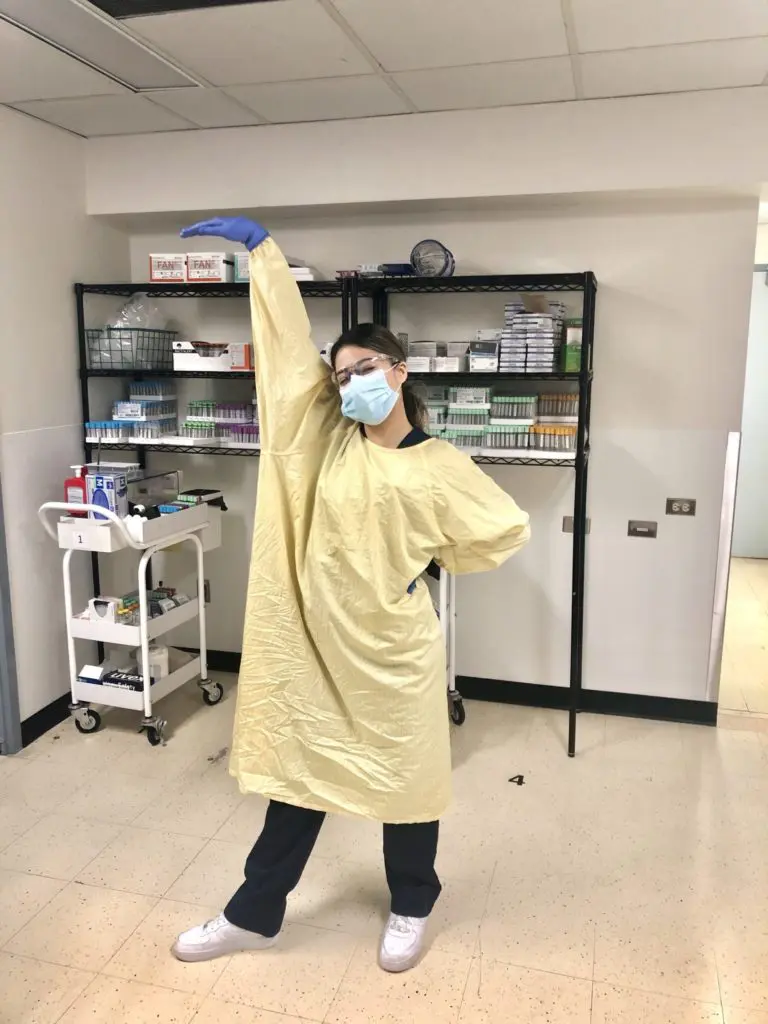When you complete your medical laboratory assistant training and start searching for work, don’t expect to end up in your typical desk job. Of course, having the administrative prowess of a nursing unit clerk is important for recording and storing information in a lab; however, graduates of medical lab assistant courses will find that a lot of the work they do is very hands-on. One of the most important tasks of a medical lab assistant is to help conduct sample analyses. Read on to find out more about what medical lab assistants do, and their role in collecting and processing patient samples.
What is a Medical Lab?
The primary function of a medical laboratory is to facilitate testing on clinical specimens in order to obtain information about patient health. Testing helps doctors formulate accurate diagnoses—a critical first step in the prevention and treatment of disease.
Medical laboratories are found in hospitals, public and private clinics and in pharmaceutical research facilities. They are generally run by pathologists, who supervise teams of medical laboratory technicians. The technicians oversee and work closely with medical lab assistants to ensure that samples are prepared and processed effectively.
The Role of the Medical Laboratory Assistant
In addition to logging and storing samples, medical laboratory assistants deal directly with patients and routinely perform procedures such as electrocardiograms (ECGs) and phlebotomy (collecting blood). While the bulk of the actual testing procedures are performed by the technicians, there are some types of preliminary tests which lab assistants can perform on their own, such as blood-typing.
Laboratory assistants are often responsible for collecting blood, urine and stool samples directly from patients. Sometimes these samples are delivered to the lab, or must be picked up from another location. In these cases, it is generally the laboratory assistant who is responsible for receiving and recording the samples.
Lab assistants are responsible for the pre-analysis process. This involves preparing samples to be tested and analyzed. Some of these tasks may be shared with laboratory technicians.
Sample preparation may involve:
· Freezing
· Dissolving
· Slicing
· Drying
· Staining
· Placing in a sterile medium
· Placing on a slide
Preventing Contamination in the Lab
When preparing samples, it is important that the lab assistant observes established procedures in order to avoid any potential contamination. Workers should always be informed of the laboratory’s standard for handling spills, and be aware of emergency washing procedures in case samples come into contact with the skin or eyes. The level of protective equipment that an employee is required to wear is dependent on the type of lab, although non-slip shoes and gloves are universal best practice.
The proper labelling and storing of samples and chemicals is crucial for the safety of the laboratory and the health of each patient. Proper labelling procedures helps prevent the dangerous mixing of chemicals, and the chance of a wrongful diagnosis.
What do you think is the most interesting part of the medical lab assistant’s job?










